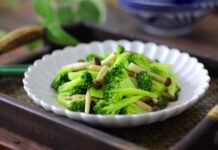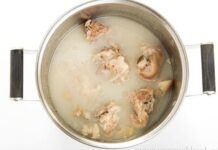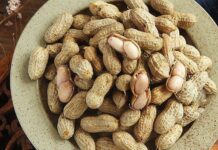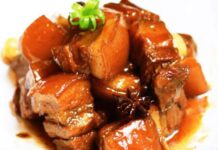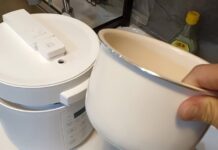On one hand, some mothers may not be able to produce enough breast milk due to personal reasons and have to resort to using formula as a “lifeline.” On the other hand, when mothers are preparing to wean their children off breast milk, they also need to use formula as a transitional step.
When parents choose a baby formula, most of them will shop around and decide on a brand after much consideration. However, it is also at this time that cautious parents may discover what appears to be a “hole” in the formula scoop.
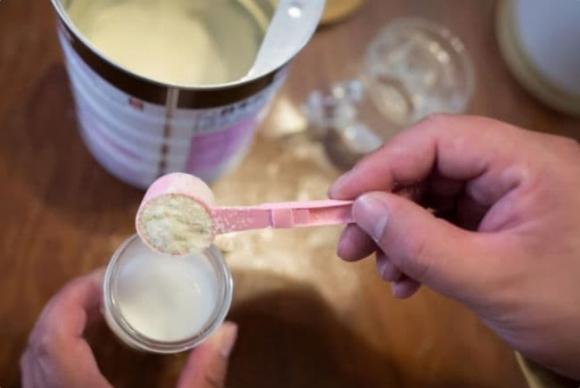
Why is there a small “hole” at the bottom of the formula scoop?
If parents investigate further, they will find that almost all formula scoops have such a “hole,” but this is actually a “flaw” intentionally left by the designer.
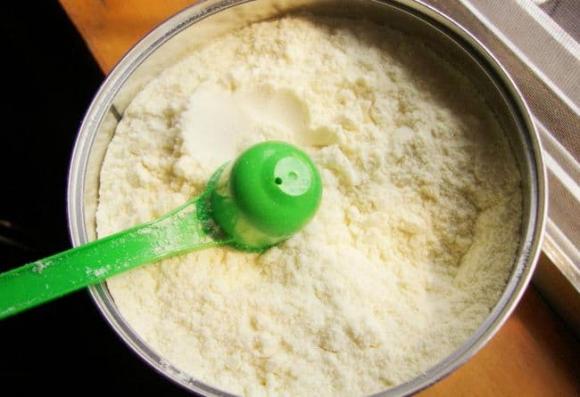
This is because most baby formulas have a relatively fine texture, and if scooped quickly with a regular spoon, it is easy to create air pockets in the middle of the scoop, despite the surface appearing full.
Additionally, due to the pressure, powdered substances are less likely to spill when they come into contact with the bottom of the container. Tapping the mouth of the formula container twice helps the formula flow smoothly, and the small holes at the bottom perfectly solve these two major issues.
Through this small hole, air trapped in the scoop can escape, and it also ensures that no formula is “left behind” on the scoop, allowing children to consume the formula at the correct mixing ratio.
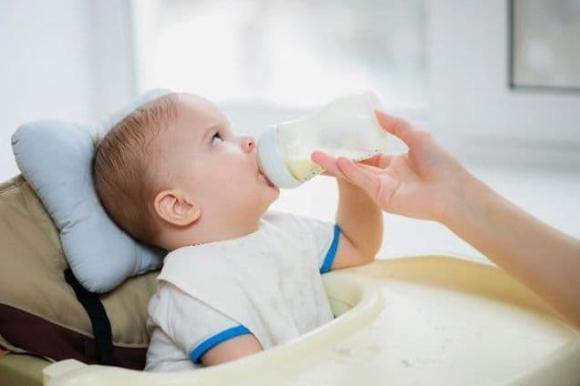
There are some essential skills parents should master when mixing formula
★ Formula temperature should be around 40°C
Newborns have delicate skin, and formula that is too hot will be difficult for them to sip. Therefore, parents can prepare a thermos in advance, set the temperature to around 40 degrees Celsius, and use it when necessary.
If you don’t have an electric kettle at home, you can still pour water onto the back of your hand to test the temperature; it should feel slightly warm.
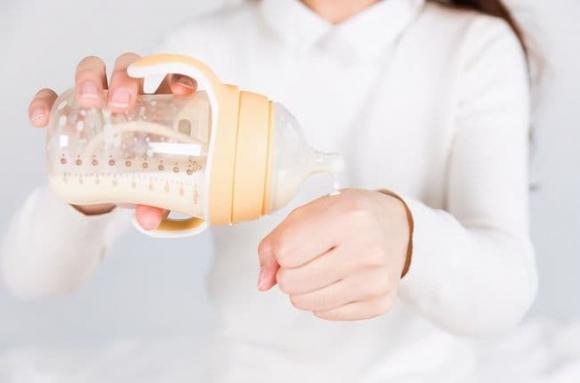
★ The correct order is water first, then formula
This is because babies drink formula at a fixed ratio, and if you add the formula first, it will take up a certain volume. Adding water afterward will result in a thicker concentration of formula at the bottom.
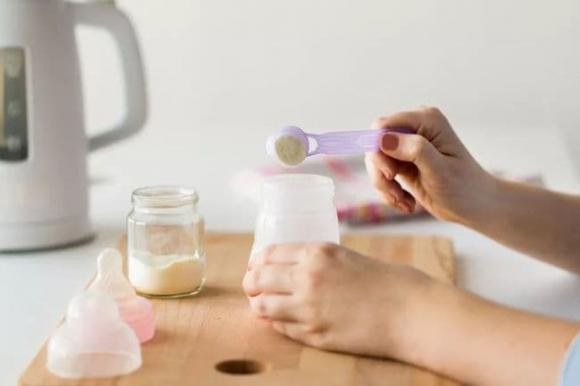
★ Do not shake the formula vigorously
The correct way to mix formula is to hold the bottle in the palm of your hand and gently swirl it until the powder is dissolved. Shaking the bottle vigorously can introduce air bubbles, which may cause the baby to choke or spit up during feeding.
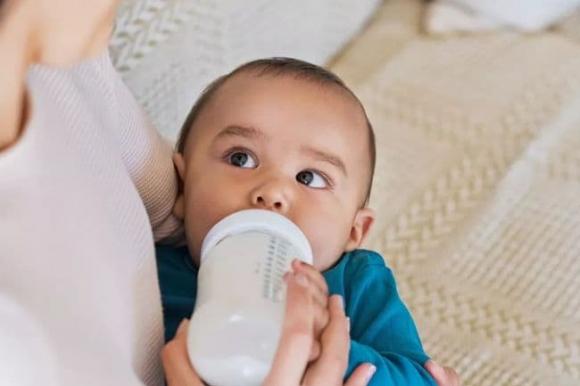
Parents may not realize that preparing formula, as simple as it seems, involves a lot of knowledge. Therefore, to avoid making mistakes when feeding their children, parents must be diligent in learning about these intricacies.
According to Cong Ly & Xa Hoi











